What is Mise-en-Scène? Tips For Low-Budget Filmmaking
Note: this post has been sponsored by EditMentor.
Chances are if you have worked on a film set or are starting out at film school, you may have heard someone mention Mise-en-Scène (meez-ahn-SEN). Assuming you don’t speak French, it may seem initially confusing as it translates to “placing on stage” in English. In layman’s terms, Mise-en-Scène means “everything you see in a film frame” including costumes, sets, props, cinematography, and even actor blocking.
It’s difficult (although not impossible) to achieve a distinct mise-en-scène without a budget. If you need funding for your short film, check out our funding opportunities.
Mise-en-Scène encompasses the overall look and feel of a film, and touches all aspects of the film story. Have a favorite film director? Well, we often associate a Director’s creative mark with attributes of the mise-en-scène. Though in reality, the success of the mise-en-scène is often a close collaboration between the Director, Production Designer, and Cinematographer. Additionally, it’s critical for the Editor to understand the goals of the mise-en-scène, too, as they serve the narrative in crafting the edit in post. Understanding the various elements taking place in a shot is a skill you can learn to hone through online learning resources such as EditMentor.
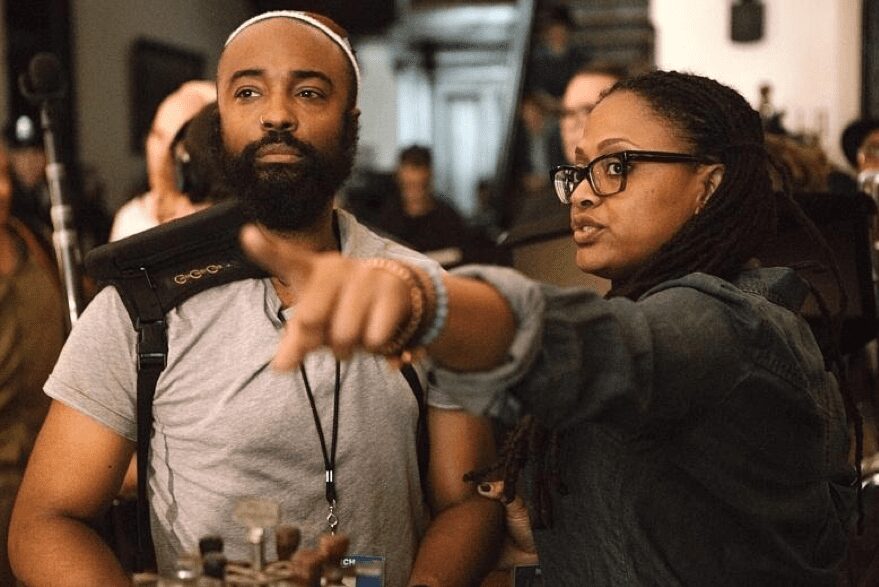
No matter how big or small a production may be, the mise-en-scène can be found within it. But some films rely more heavily on it like Fantasy, Sci-Fi, and Period Piece genres. To understand what it is, let’s explore some of its major components!
Developing a Plan for the Mise-en-Scène
Planning can sound intimidating at first because there’s so many elements to consider, which we will explore further very soon. Developing a plan doesn’t have to be scary! One method that aids in collaborative communication is crafting a Lookbook. Find inspirational images from magazines, film posters, or video clips from your favorite movies to serve as visual inspiration, examples and goals for the production. Build out the images into a document or slide show that can be shared with the production teams to generate discussions on how to further expand and execute the vision.
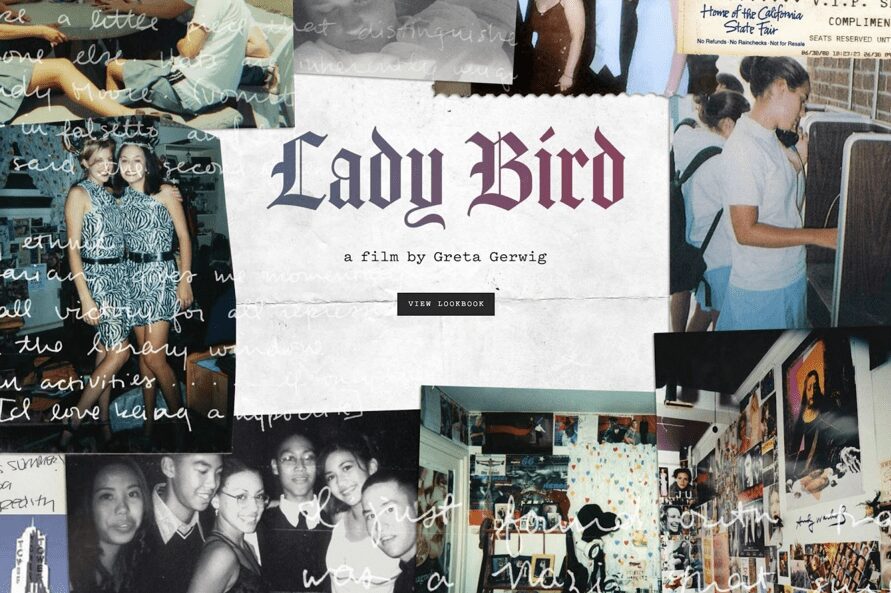
Story World Building and Production Design
Successfully conveying the story world of your film, both real and imaginary is critical for immersing the audience in your film. What locations you use, how you fill it with props, as well as how the actors appear through their hair, make-up, and wardrobe can be a mammoth undertaking for crafting the mise-en-scène.
In his Advanced Editing Workshop, Stephen Mark, ACE describes the story world as a place in which the film occurs in some kind of time period or geographical place. More specifically, it can be a story world that is Familiar to us, as it is recognizable to our current life and present day. Or this can be a Different world in which the filmmaker needs to take more time to teach the audience the rules of the world as it’s very different from our current lived experiences.
Critical to guiding these elements is the Production Designer. This person is responsible for overseeing all design aspects from concept to execution with many departments answering to them. They are such an essential person to have as they help to craft visual continuity, balance, and dramatic emphasis!
Location, Location, Location!
An essential part of the Mise-en-Scène is the background.
When planning a production, often filmmakers face the question if they should shoot on-location or build a set. When building a set, construction will likely occur on a Sound Stage or a Backlot. Planning a location build can be costly! This often requires that you rent a space in which you will need to design and construct the set. And if that didn’t sound like enough, you will need to dress and furnish the set with design elements and props.
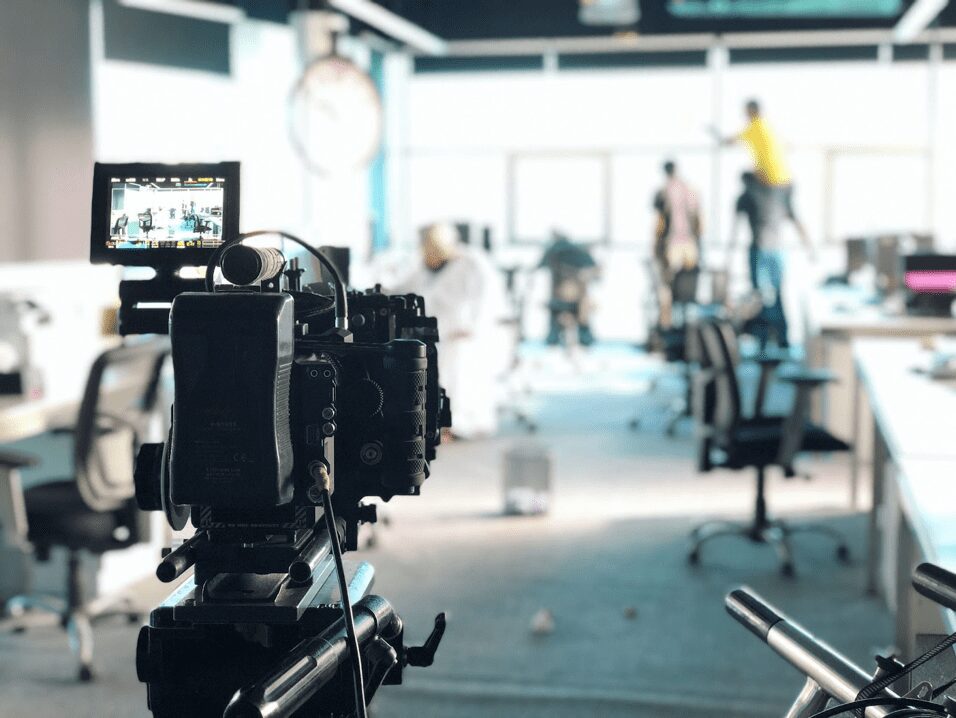
Alternatively, filmmakers may choose to use an existing location. Especially if you’re on a tight budget, shooting on location may be the only doable option. Finding the perfect location can be rewarding as there may be details that a location provides that could be hard or expensive to recreate.
Filling Your Story World
Once you have your location, you have to decide what will fill that space! You may get lucky and it conveniently has what you need. However, you’re likely going to need to find specific Props as well as add Set Décor to fit the mise-en-scène.
Originating from the word Properties, Props can be objects that are directly indicated in your script or additional items to fill the space. Props are items that a character physically uses in a scene. In some instances, Props that the script needs may not exist in our real world. Something like light sabers, warp drives, and flux capacitors will need to be constructed as they don’t exist in our real world… at least not at this time.
Additionally, the scenes will need to be dressed with Set Décor. Set Décor functions to add design elements such as scene painting, furniture, or drapery along with additional objects to fill the space that further build the story world and help to define the characters in it. So many subtle things within a scene can be said about a character by seeing their environment.
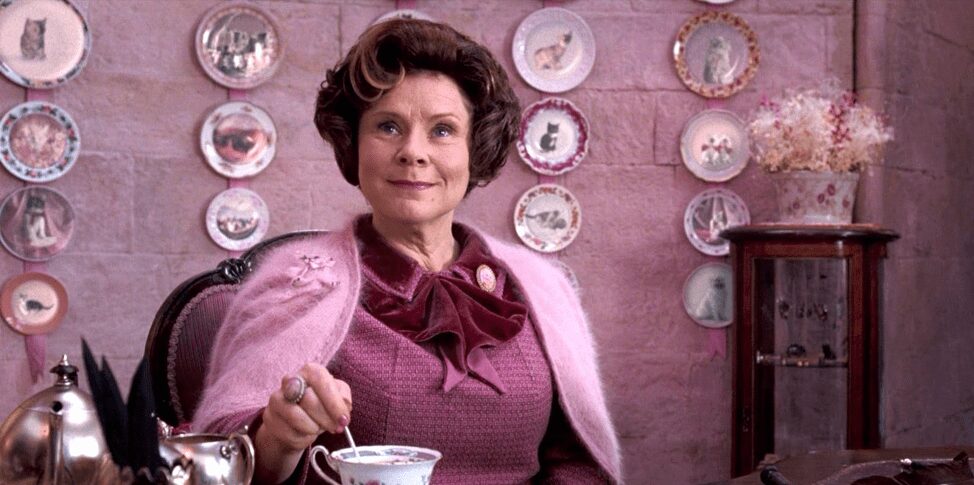
Looking the Part
Not only does the location need to add to your story, but your talent needs to also look the part. This is why Wardrobe, Hair, and Make-up are all critical for shaping your characters and connecting them to the mise-en-scène. These three elements are not necessarily meant for beautification but to further help your actors look and become their characters. It can even entirely transform your talent beyond recognition! Sometimes an actor may need to have specific body or facial features for portraying a well-known figure in a biopic or become a non-human species in a sci-fi. That’s where adding make-up and prosthetics can help!
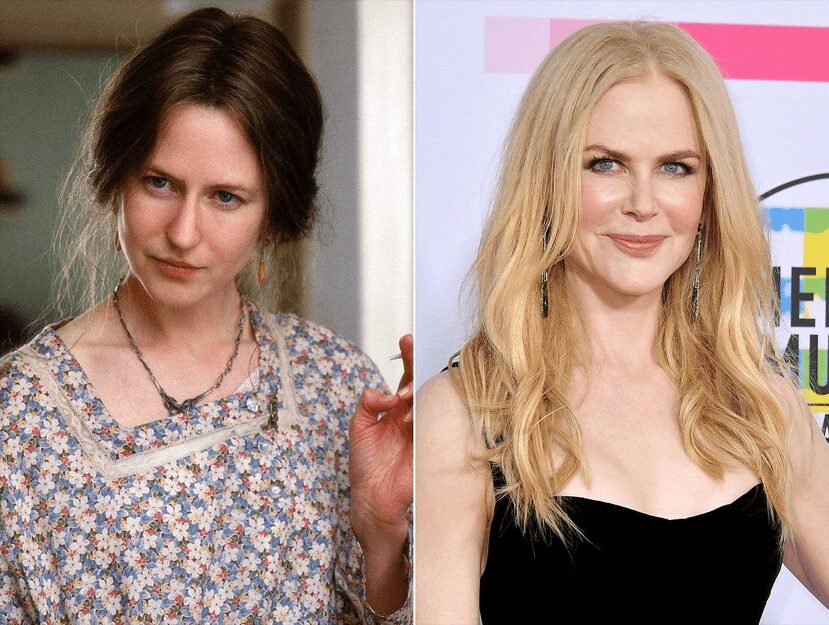
Once the talent is in costume and has their hair and make-up done, they feel a transformation, which will impact their performance. A character’s clothes can suggest a lot of subtext about the character, too. How they care for themself, their importance in society, and how they conceal or reveal their true self, which gives the audience insight into who a character really is within the story.
Design Tips for a Tight Budget
Not everyone has their own production design team to create costumes or build props, but every project should think about their mise-en-scène. There are economical options at your fingertips to find these items. Consider shopping at thrift stores, garage sales, as well as local social media listings for sale or free items in your area. Additionally, don’t forget free options like rummaging through a family or friends attic or basement (with their permission of course). There may be amazing surprises to unearth for your films!
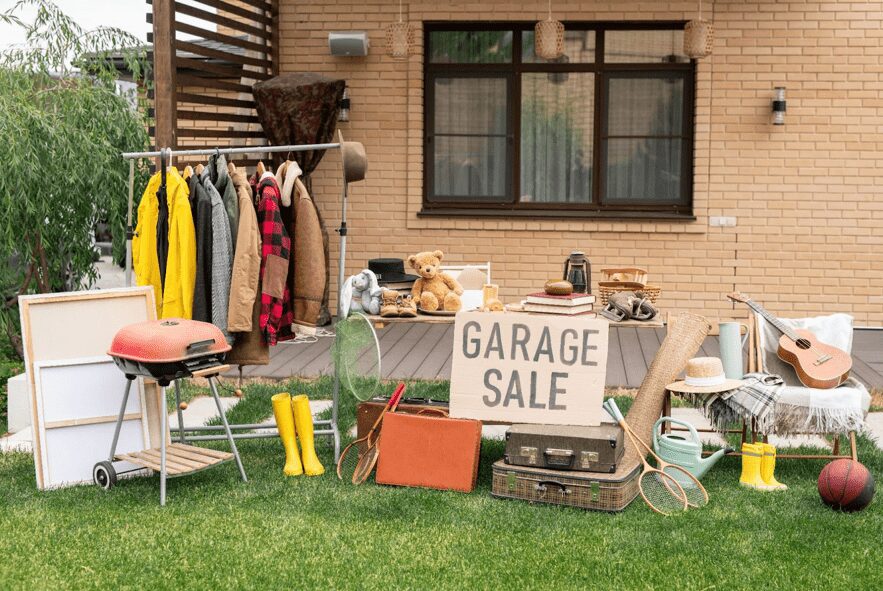
Mise-en-scène Means More than “Stuff”
Mise-en-scène means everything in the frame, including how it’s lit and how the actors move. It’s not just the physical objects. Cinematography can be described as painting with light. The interplay of light and shadow reveals, conceals, and can be highly expressive. Guiding these elements is the Cinematographer (or Director of Photography). They are chiefly responsible for executing the camera and lighting designs of a film.
The artistry behind Cinematography begins as early as the concept art the Production Designer presents. This is created in conjunction with the Director’s vision for the project.

Key to the cinematography is shot composition, which requires thoughtful planning on how the shot is framed and where points of visual interest are placed on the screen. You can learn about various types of shots in EditMentor’s The Art of Filmmaking Basics course lessons 2 and 3 on Shot Coverage!
The Energy of an Image
The perception of movement is a critical aspect that separates film from still images. A final aspect of mise-en-scène can be found with how movement is expressed within the frame. Movement gives the image energy. Furthermore, the presence or absence of movement in a shot or within a scene can add further expressive subtext. There are two ways in which movement can be implied in the image: the movement of the frame (camera movement) and movement of people or objects in the frame (blocking or staging).
Mise-en-scène in Post Production
While crafting the mise-en-scène requires preparation and execution going into production, it’s important for an Editor to understand the visual goals of the film. They must search for the moments that best tell the story, often amongst hours of footage. Being in-tune with the visual goals of the mise-en-scène can help the Editor further narrow down what shots and moments best serve the edit. EditMentor’s Advanced Editing Workshop with Stephen Mark, ACE makes you more effective in understanding the needs of your script, what the background elements and movements of the characters means, and analyzing your edit moment to moment.
Make it Work!
Just because you may be on a tight budget doesn’t mean you have to sacrifice crafting a compelling mise-en-scène. Being a filmmaker often means being resourceful and seeing how you can make it work with what you have. Before writing your screenplay, think about what you have access to or who you know in your network and write your story to fit. Maybe you can’t set a scene in an airport but maybe a decommissioned local train depot might equally work and be more accessible.